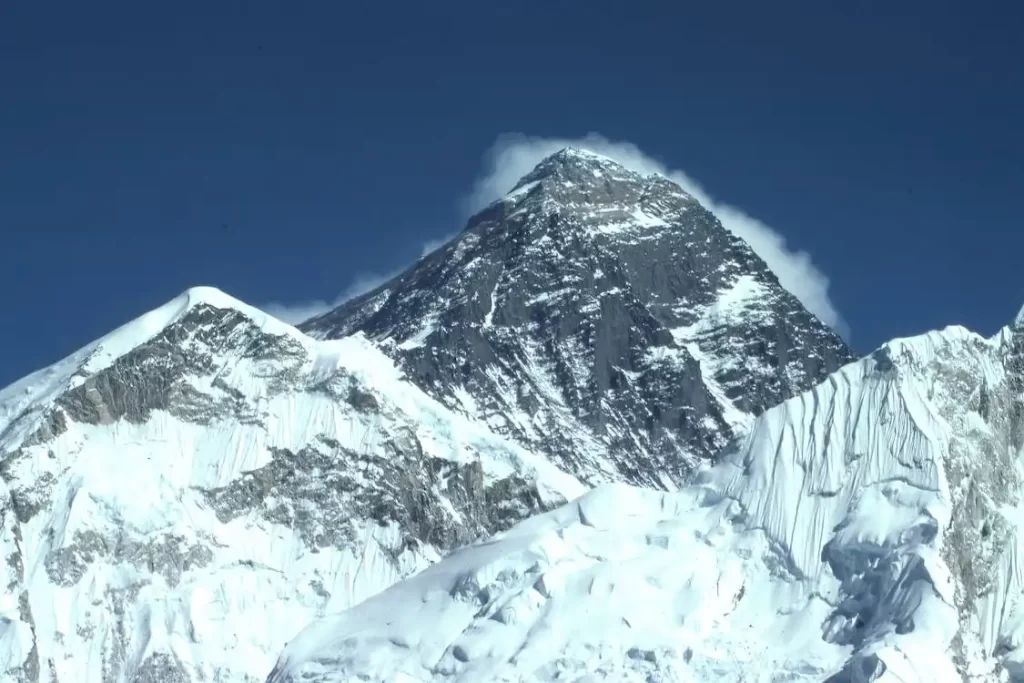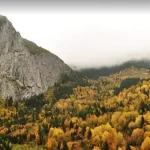14 x 8000: Climbing to the World’s Highest Mountains
14 x 8000: Climbing to the World’s Highest Mountains. Mountaineering is a sport that tests physical and mental strength in challenging natural conditions. One of the greatest challenges of this sport is climbing the world’s highest mountains. There are 14 mountains over 8000 meters in the world, and mountaineers aim to climb all these peaks to win the “14 x 8000” award.
The 14 x 8000 climb, first completed by Italian mountaineer Reinhold Messner in 1986, is considered a significant achievement in the mountaineering world. In the years following this accomplishment, many mountaineers fought to win the 14 x 8000 award.
Everest, K2, Kangchenjunga, Lhotse, Makalu, Cho Oyu, Dhaulagiri, Manaslu, Nanga Parbat, Annapurna, Gasherbrum I, Broad Peak, Gasherbrum II, and Shishapangma are mountains that meet the requirements for the 14 x 8000 award.
Each mountain is filled with its own difficulties and dangers. Everest is the most famous because it is the highest mountain in the world, but climbing it is very challenging and dangerous. K2 is also known as the “deadly peak” due to its high summit and harsh climate. Annapurna is one of the deadliest mountains in the mountaineering world and has been climbed by only a few mountaineers.
The 14 x 8000 award is one of the greatest climbing achievements mountaineers can accomplish in their lifetime. However, these climbs are high-risk and require mountaineers to use proper equipment, make solid plans, and prepare appropriately for challenging natural conditions.
14 x 8000 climbs are one of the most challenging and prestigious mountaineering challenges in the world. Mountaineers can test their physical and mental strength, develop teamwork and leadership skills, and strengthen their connection with nature while climbing these peaks. However, these climbs are dangerous missions with fatal risks and extremely challenging natural conditions. Therefore, 14 x 8000 climbs should only be carried out by highly experienced and professional mountaineers.
It is also essential for mountaineers to make a good plan, use appropriate equipment, complete their training, maintain a strong physical and mental health, take precautions against high altitude sickness, and prioritize safety while preparing for these climbs. Additionally, it is important for mountaineers to respect the sensitivities of nature, protect the environment during their climbs, and show respect to the peaks, as these aspects are as important as the success of climbing these peaks.
14 x 8000 climbs refer to climbing all 14 mountains in the world that have peaks over 8,000 meters (26,247 feet) above sea level. These mountains are located in the Himalayas and Karakoram ranges in Asia and are considered the highest and most challenging peaks to climb.
Since the first successful ascent of Annapurna I in 1950, many mountaineers have attempted and succeeded in climbing all 14 x 8000 peaks. As of my knowledge cutoff date of 2021, only 40 mountaineers have achieved this feat, with some climbers completing multiple ascents of some of the peaks.
Achieving the 14 x 8000 feat requires not only physical endurance, but also technical skill, mental fortitude, and a great deal of experience in high-altitude mountaineering. The climbs are extremely dangerous due to the extreme weather conditions, thin air, and unpredictable terrain. It is considered the ultimate challenge for mountaineers, and many climbers spend years or even decades attempting to achieve it.
List of the 14 x 8000 Peaks and Their Elevations
Click for detailed information about the mountains.
Highest Mountain in the World
- Everest (Nepal/China) – 8,848 m
- K2 (Pakistan/China) – 8,611 m
- Kangchenjunga (Nepal/India) – 8,586 m
- Lhotse (Nepal/China) – 8,516 m
- Makalu (Nepal/China) – 8,485 m
- Cho Oyu (Nepal/China) – 8,188 m
- Dhaulagiri (Nepal) – 8,167 m
- Manaslu (Nepal) – 8,163 m
- Nanga Parbat (Pakistan) – 8,126 m
- Annapurna I (Nepal) – 8,091 m
- Gasherbrum I (Pakistan/China) – 8,080 m
- Broad Peak (Pakistan/China) – 8,051 m
- Gasherbrum II (Pakistan/China) – 8,035 m
- Shishapangma (China) – 8,013 m
Everest is the highest peak in the world and is located on the border between Nepal and China. Locally, Everest is also known as “Sagarmatha.”
The ascent of Everest has fascinated many climbers throughout history and is one of the biggest dreams for climbers worldwide. Climbing to the summit of Everest requires following a challenging route and facing many risks, such as altitude sickness, harsh weather conditions, and other dangers.
The first ascent of Everest was accomplished on May 29, 1953, by Edmund Hillary and Tenzing Norgay. This climb is considered a milestone in history, and since then, thousands of climbers have attempted to climb to the summit of Everest.
Everest is a physically and mentally challenging climb and a significant challenge for climbers worldwide. However, this summit is also important for reminding us of the beauty of nature and the human race’s recklessness towards it.
You can see Everest on Google Maps
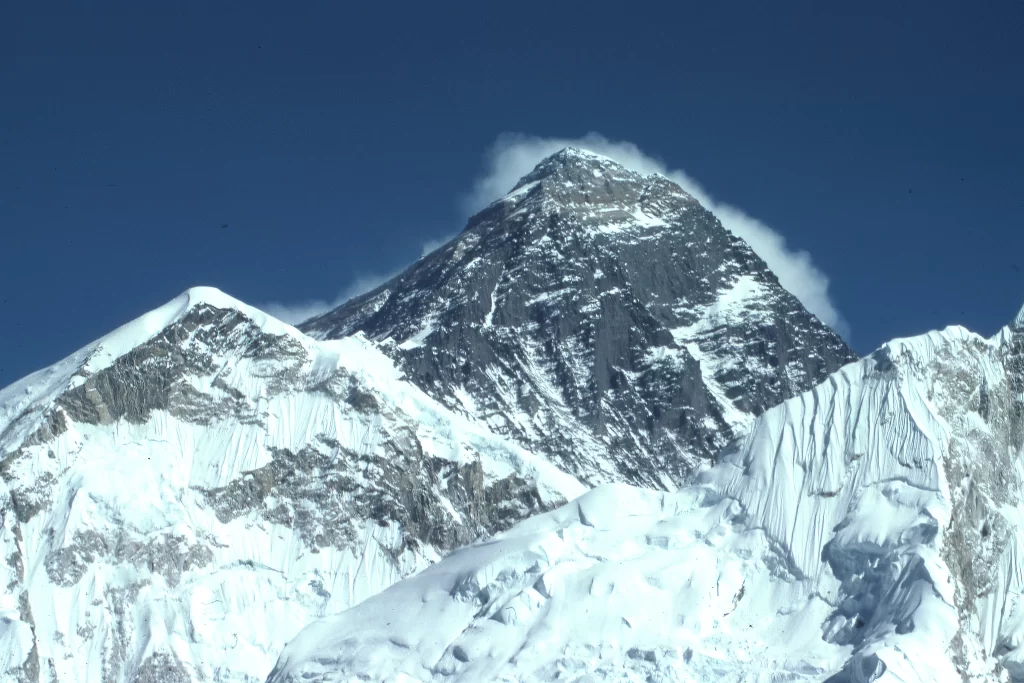
K2 (Pakistan/China) – 8,611m
K2 is the second highest peak in the world and is located on the border of Pakistan and China. K2 is also known locally as “Chogori” or “Karakoram 2”.
Climbing K2 is one of the most challenging mountaineering expeditions in the world. Climbing to the summit of K2 involves passing through a region known as the “Bottleneck”, which is considered extremely dangerous, especially as a very hazardous summit. This region is often considered dangerous due to falling rocks, avalanches, and other hazards.
K2 was first climbed by an Italian mountaineering team on July 31, 1954. However, many climbers, including half of the team, lost their lives during this climb. As a result, K2 is also considered one of the world’s deadliest mountains.
Climbing to the summit of K2 is also a challenging and risky climb due to difficulties encountered at high altitudes. Altitude sickness, frostbite, avalanche risks, and other dangers can threaten climbers during the ascent of K2.
However, despite its challenges, K2 is a great challenge for mountaineers worldwide and has become a popular destination for climbing. The beauty, difficulty, and dangers of K2 have a great attraction for climbers worldwide.
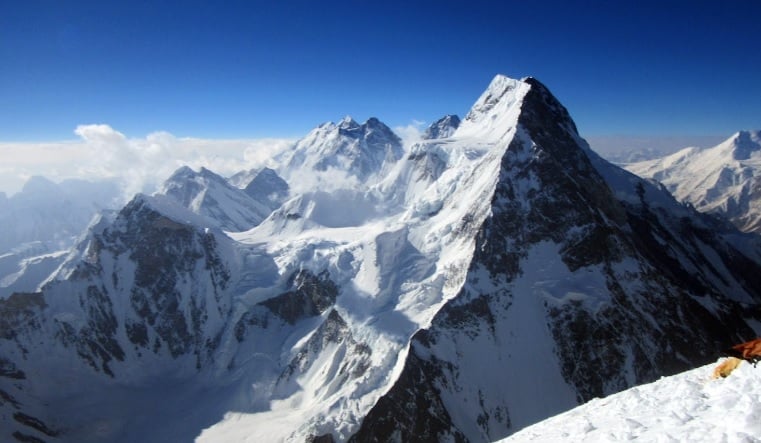
Kangchenjunga (Nepal/India) – 8,586 m
Kangchenjunga is considered the third highest peak in the world and is located on the border between Nepal and India. It is also known locally as “Kanchenjunga”.
Kangchenjunga is a difficult mountain to climb, and therefore, experienced climbers are usually preferred for its ascent. It is also famous for its natural beauty, and during the climb, climbers can enjoy magnificent views.
The first ascent of Kangchenjunga was made by a British team on May 25, 1955. This climb was considered a great achievement by many at that time. However, several climbers lost their lives during the climb, as a result of a team getting lost.
Like other high mountains, climbing Kangchenjunga can be fraught with challenges such as altitude sickness, avalanche danger, freezing temperatures, and other risks. However, its natural beauty and views make Kangchenjunga a great attraction for climbers who wish to explore the beauty of nature.
Kangchenjunga is considered a challenging feat for climbers worldwide and its climb offers an unforgettable experience for those seeking to discover the beauty of nature.
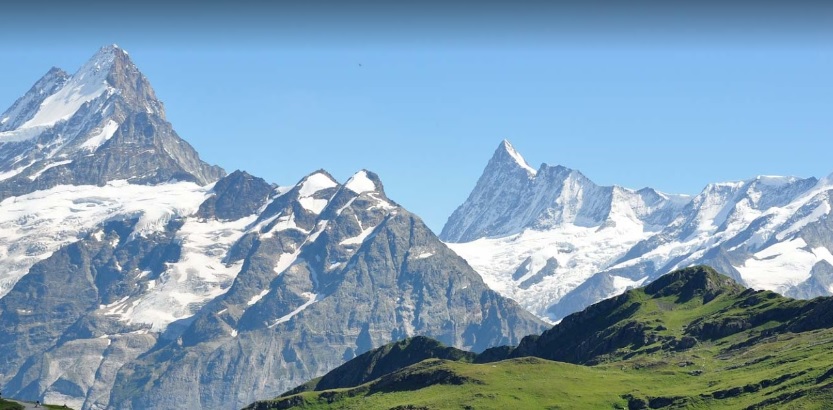
Lhotse (Nepal/China) – 8,516 m
Lhotse is the fourth highest peak in the Himalayas located on the border of Nepal and China. It is situated to the west of Mount Everest and is generally climbed together with Everest. Lhotse stands at a height of 8,516 meters, and reaching its summit is quite challenging.
Climbing Lhotse is filled with challenges such as high altitude, extreme cold, avalanche danger, and altitude sickness. The ascent of Lhotse is done as part of the Everest climb, and the climb continues from Camp 4 (7,925 m) towards Everest summit camp (8,848 m).
Lhotse was first climbed by a Swiss mountaineering team in 1956. Since then, many climbers have summited Lhotse, and it has become a popular goal among mountaineers worldwide.
Despite being a difficult mountain to climb, Lhotse is known for its spectacular views and natural beauty. During the climb, climbers can explore the impressive views of Lhotse along with the enchanting views of Everest.
Although Lhotse is a popular goal among mountaineers worldwide, it should only be climbed by experienced climbers due to its difficulty. However, it offers an unforgettable experience for nature lovers, and climbing to the summit of Lhotse is one of the greatest achievements in the lives of many climbers.
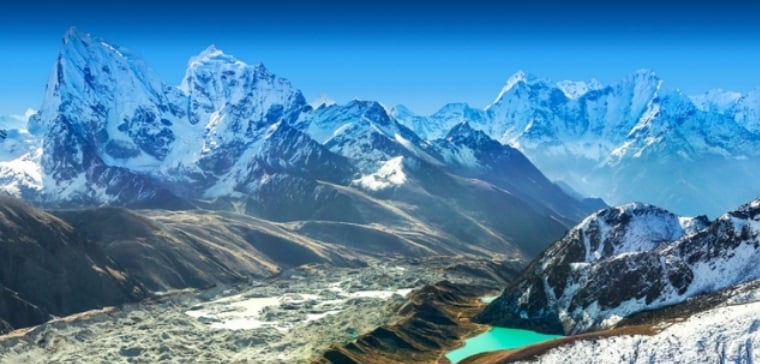
Makalu (Nepal/China) – 8,485m
Makalu is the fifth highest peak located in the Himalayan mountains on the border of Nepal and China. Makalu is located east of Lhotse and southwest of Everest. Its height is 8,485 meters and climbing to its summit is quite challenging.
Makalu was first climbed by a French mountaineering team in 1955. Since then, the number of climbers who have climbed Makalu is quite low, and this mountain has become a popular destination among experienced climbers due to its challenging nature.
Climbing Makalu is full of difficulties such as high altitude, avalanche danger, challenging glaciers, snowstorms, and altitude sickness. Climbing to the summit of Makalu is very risky for climbers’ health due to altitude sickness and is generally done by specially trained and experienced climbers.
However, Makalu is known for its natural beauty and scenery, and during the climb, climbers can explore the fascinating views of the Himalayan mountain range. During the climb, climbers can also discover natural beauties such as exotic vegetation at high altitudes, rare bird species, and rarely seen animals.
Although Makalu is a popular destination among experienced climbers worldwide, it should only be climbed by experienced and trained climbers due to its difficulty. However, it offers an unforgettable experience for nature lovers, and climbing to the summit of Makalu is one of the greatest achievements in the lives of many climbers.
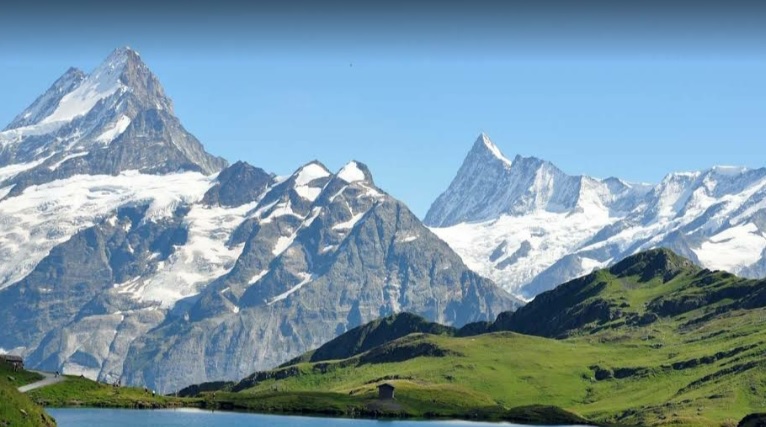
Cho Oyu (Nepal/China) – 8,188 m
Cho Oyu is the sixth highest peak located in the Himalayan Mountains on the border of Nepal and China. It has an altitude of 8,188 meters and means “Turquoise Goddess” in Tibetan. Cho Oyu is one of the most accessible 8,000-meter peaks in the world and has become a popular climbing route for experienced climbers.
The summit of Cho Oyu was first climbed by an Austrian team in 1954. It became the second 8,000-meter peak to be climbed after Everest. The climbing route of Cho Oyu requires less technical knowledge and equipment compared to other 8,000-meter peaks to reach the summit. However, due to the risks that climbers may encounter at high altitude, Cho Oyu climbing is suitable for experienced and well-trained climbers.
The climbing route of Cho Oyu includes two main camps to reach the summit. During the climb, climbers face challenging natural conditions such as glacier crossings, rocky areas, and avalanches. However, the climb of Cho Oyu involves less technical difficulty compared to other 8,000-meter peaks.
Reaching the summit of Cho Oyu is an unforgettable experience for climbers. From the summit, views of other high peaks such as Everest, Lhotse, and Makalu can be seen. Additionally, while at the summit of Cho Oyu, magnificent views of Tibet and Nepal can also be seen.
In conclusion, Cho Oyu has become a popular destination among experienced climbers due to its difficulty. However, it is also a suitable option for climbers attempting to reach 8,000 meters due to its less technical difficulty compared to other 8,000-meter peaks. The climb of Cho Oyu offers climbers an unforgettable experience and magnificent views.
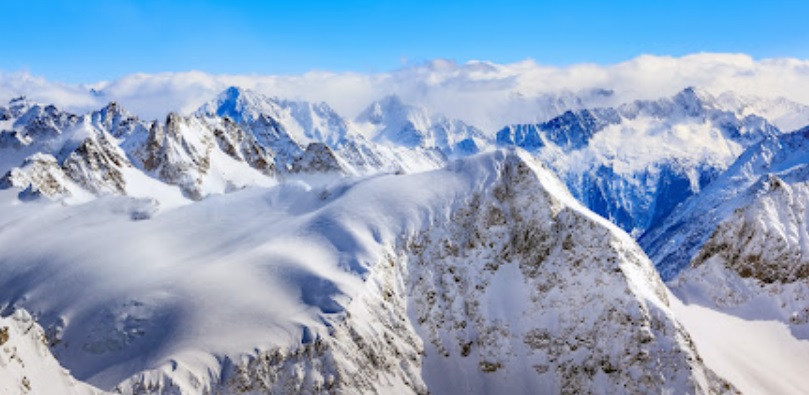
Dhaulagiri (Nepal) – 8,167 m
Dhaulagiri is the seventh highest peak located among the Annapurna Mountains in Nepal. It is 8,167 meters high and means “White Mountain” in Sanskrit. Due to its challenging climbing route and high altitude, Dhaulagiri has become a popular destination among experienced mountaineers.
In 1960, a French team climbed Dhaulagiri for the first time. To reach the summit, climbers must navigate a challenging climbing route, dealing with difficult glaciers, rocky terrain, and the risk of avalanches. Dhaulagiri is one of the most difficult climbs among other 8,000-meter peaks, and presents many dangers that climbers may face with high altitude issues.
The climbing route of Dhaulagiri includes four main camps to reach the summit. Climbers stay in high altitude camps up to 6,000 meters during the climb. Along the climbing route, climbers are confronted with Dhaulagiri Glacier, avalanche-prone areas, rocky terrain, and ice ridges. Dhaulagiri climbing offers a great reward for experienced climbers, with stunning views of the Himalayan mountains from the summit.
Dhaulagiri climbing is a challenging climb that offers great rewards for climbers but also poses significant risks. Reaching the summit is an unforgettable experience for mountaineers with incredible views. However, Dhaulagiri climbing is suitable for experienced and well-trained climbers and contains serious technical challenges like other 8,000-meter peaks.
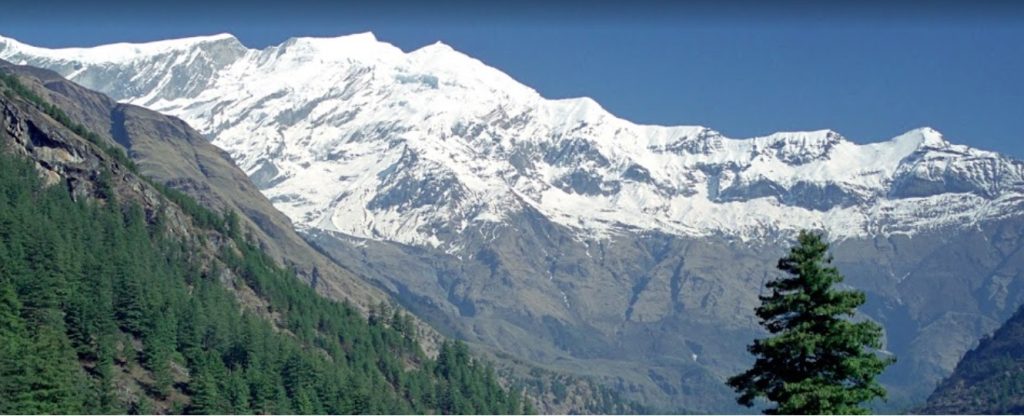
Manaslu (Nepal) – 8,163 m
Manaslu is the eighth highest peak in the Himalayas in Nepal and has an altitude of 8,163 meters. The name Manaslu means “Mind, Soul or Intellect” in Sanskrit and is an important symbol of Buddhist culture in the region.
Climbing Manaslu is one of the world’s most challenging climbs and presents a serious difficulty due to high altitude. Climbers must overcome challenging natural obstacles such as glaciers, ice cliffs, and dangerous rocky areas during the climb.
Manaslu was first climbed by a Japanese team in 1956 and has since been climbed by many climbers worldwide. The climbing route is suitable for experienced climbers and requires at least three weeks to reach the summit.
Climbing Manaslu is a great opportunity to get an idea of the rich culture of the region as well as the spectacular views of the Himalayan Mountains. The climbing route includes many tourist sites such as Buddhist temples, monasteries, and local villages that can be visited.
However, climbing Manaslu involves serious risks for climbers. High altitude, avalanche risks, and other natural obstacles can cause serious injuries or deaths without proper preparation and equipment. Therefore, climbing Manaslu is a climb suitable only for experienced and well-trained climbers.
Nanga Parbat (Pakistan) – 8,126 m
Nanga Parbat is the ninth highest peak in the Himalayas of Pakistan, standing at an elevation of 8,126 meters. It is also known as the “Killer Mountain” because it is a mountain where fatal accidents occur frequently during climbs.
The climb of Nanga Parbat is one of the most challenging climbs due to its technical difficulties and harsh weather conditions. Climbers have to cope with high altitudes, avalanches, icy slopes, and other natural obstacles during the ascent.
Nanga Parbat was successfully climbed for the first time in 1953. However, many climbers have lost their lives during the climb since then. Therefore, Nanga Parbat climb is suitable for the most experienced and best-trained climbers.
Nanga Parbat is also known for offering a rich cultural experience along the climbing route. Climbers can interact with the local people, visit local villages and monasteries. However, Nanga Parbat climb involves serious risks for climbers and can be dangerous without proper preparation and equipment.
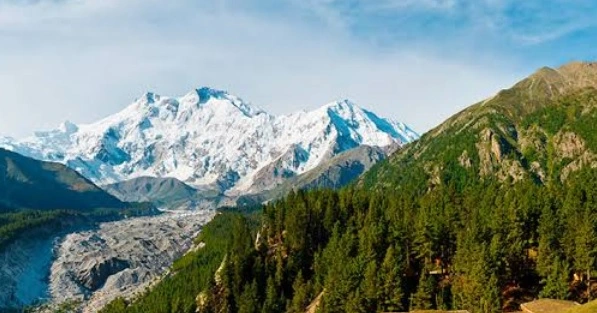
Annapurna I (Nepal) – 8,091m
Annapurna I is the tenth highest peak in the Annapurna range of mountains in Nepal, with a height of 8,091 meters. Annapurna is part of a series of high peaks known as the “eight-thousanders” and is one of the world’s most challenging climbs.
The ascent of Annapurna I involves difficult weather conditions, low oxygen levels, and technical challenges for climbers, especially during the autumn and spring months. Additionally, the climbing route involves risks such as avalanche hazards, ice cliffs, and altitude sickness.
The first successful ascent of Annapurna I was completed in the early 1950s. However, since then, many climbers have lost their lives, and it remains a mountain where fatal accidents occur during the climb.
The Annapurna I climb is intriguing due to its challenging natural conditions and dangerous aspects, as well as its impressive scenery and cultural features. The region offers a unique perspective on the culture and lifestyle of Nepal’s local people. However, the Annapurna I climb requires proper preparation, equipment, and experience and is best suited for experienced climbers.
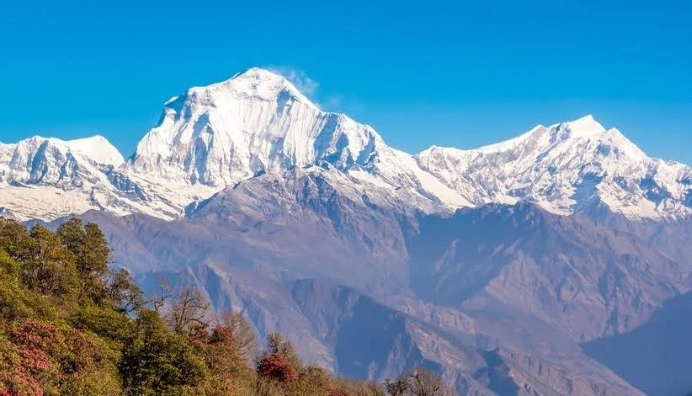
Gasherbrum I (Pakistan/China) – 8,080 m
Gasherbrum I is the eleventh highest peak in the Karakoram mountain range, located on the border of Pakistan and China. With a height of 8,080 meters, it is the twelfth highest peak in the world. It was first climbed in 1958 and has since been summited by many climbers.
In addition to having a challenging climbing route, Gasherbrum I is known for its low oxygen levels, avalanche danger, and other natural hazards. The summit is part of a ridge line consisting of three main peaks and is often visited by climbers who are also climbing other Gasherbrum peaks.
Due to the difficulty of the climbing route, Gasherbrum I is suitable for experienced and well-prepared climbers. However, it is also a challenging climb that can result in fatal consequences due to natural hazards. Nevertheless, the region’s scenery and surrounding cultural features serve as an interesting tourist attraction for nature lovers and adventurers.
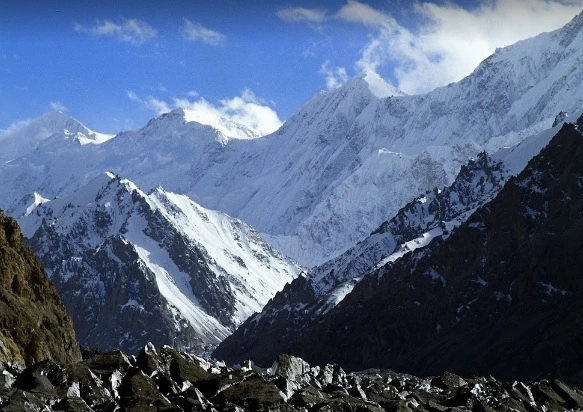
Broad Peak (Pakistan/China) – 8,051 m
Broad Peak is the twelfth highest peak in the Karakoram Range, located on the border of Pakistan and China, and the thirteenth highest peak in the world at 8,051 meters. It was first climbed in 1957 and has since been climbed by many mountaineers.
Broad Peak gets its name from its wide summit ridge and has a challenging climbing route. The climbing route is considered a difficult summit due to high oxygen deprivation, avalanche risks, and other natural hazards. However, due to its natural beauty and impressive scenery, it remains a popular destination among tourists and climbers.
Broad Peak is located next to K2 and is frequently visited by climbers who are climbing K2. Additionally, there are many climbing events held on Broad Peak, which are popular among climbers. However, the climb to the summit requires the right equipment, experience, and preparation, as your life may be at risk due to natural hazards.
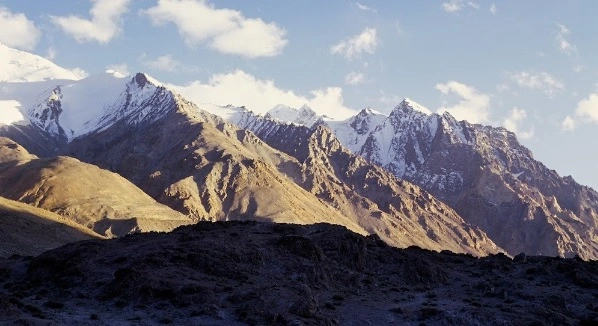
Gasherbrum II (Pakistan/China) – 8,035m
Gasherbrum II is the twelfth highest peak in the Karakoram range, located on the border of Pakistan and China, and the fifteenth highest peak in the world with an altitude of 8,035 meters. It was first climbed in 1956 and has since been climbed by many mountaineers.
Gasherbrum II is a mountain with a challenging climbing route and is considered a difficult summit due to high altitude, avalanche risk, and other natural hazards. However, it is a popular destination among climbers due to its natural beauty and impressive landscapes.
Gasherbrum II is part of the Gasherbrum Mountains, along with Gasherbrum I. The two peaks are located near K2 and are frequently visited by climbers attempting to summit K2. However, climbing the peak requires the proper equipment, experience, and preparation as natural hazards can put one’s life at risk.
Gasherbrum II is often preferred by climbers who want to climb K2, the second-highest mountain in the world. Additionally, there are many climbing events organized on Gasherbrum II, which are frequently attended by mountaineers.
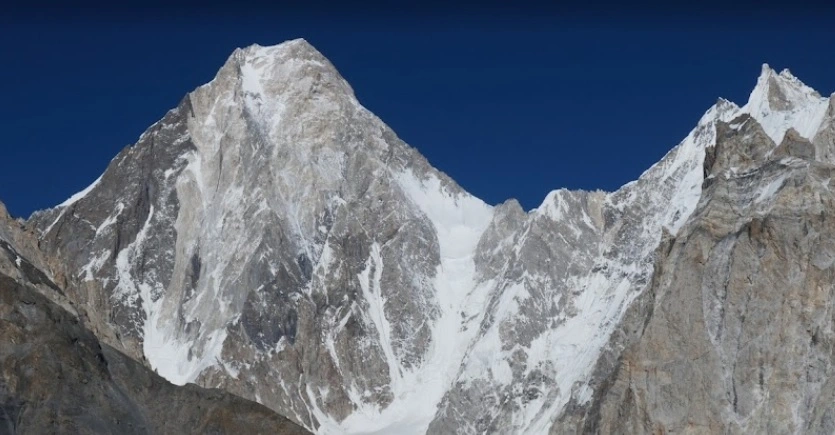
Shishapangma (China) – 8,013 m
Shishapangma is the fourteenth highest peak in the world, located in the Tibet Autonomous Region of China with an elevation of 8,013 meters. It is also known as “Gurla Mandhata”. This mountain is part of the Himalayan mountain range, along with mountains such as Everest, Cho Oyu, and Lhotse.
Shishapangma was first climbed in 1964 and has since been climbed by many mountaineers. The most popular routes to climb to the summit are the west face and the south face. The west face route is the most challenging part of the climb and is preferred by many experienced climbers. The south face route, on the other hand, is easier and preferred by less experienced climbers.
Despite being less popular than other high peaks, Shishapangma is a popular destination among mountaineers due to its impressive natural beauty and surrounding landscapes. However, climbers require appropriate equipment, experience, and preparation to avoid natural hazards.
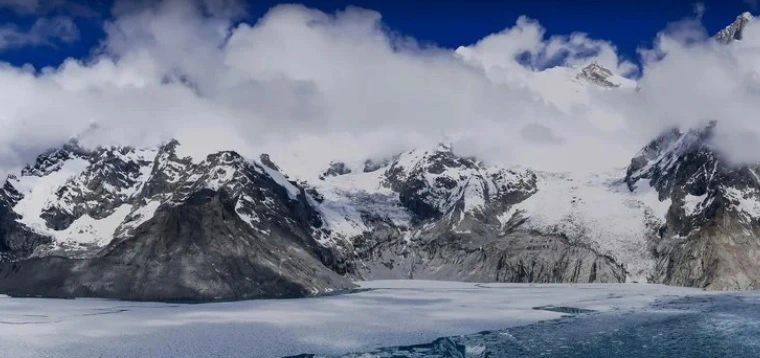
Shishapangma is also important for Tibetan culture and considered sacred by Tibetan Buddhists. The mountain’s summit is considered an important pilgrimage site, especially for Buddhists in Tibet and Nepal.
The mountain of the mountains, Mount Ararat may also interest you. Please click to read.
In which country are the highest mountains?
Mount Everest (Tibetan: ཇོ་མོ་གླང་མ, Chomolungma; Nepali: सगरमाथा, Sagarmāthā) is the world’s highest mountain above sea level. It is located in the Himalayas, on the China-Nepal border, at approximately 28 degrees north latitude and 87 degrees east longitude.
What are the Sacred Mountains?
Christianity:
- Mount Sinai (Egypt): Where Moses is believed to have received the Ten Commandments.
- Mount Tabor (Israel): Where Jesus is believed to have been transfigured.
- Mount of Olives (Israel): Where Jesus is believed to have ascended into heaven.
Islam:
- Mount Hira (Saudi Arabia): Where Muhammad is believed to have received the first revelations.
- Mount Judi (Turkey): Where Noah’s Ark is believed to have landed.
Judaism:
- Temple Mount (Israel): Where the First and Second Temples stood.
- Mount Sinai (Egypt): Where Moses is believed to have received the Ten Commandments.
Hinduism:
- Mount Kailash (Tibet): Believed to be the home of the god Shiva.
- Mount Meru (India): Believed to be the center of the universe.
Buddhism:
- Bodh Gaya (India): Where the Buddha is believed to have attained enlightenment.
- Vulture Peak (India): Where the Buddha gave many of his sermons.
Bonus:
- Mount Fuji (Japan): Considered sacred in Shintoism.
- Mount Olympus (Greece): Believed to be the home of the gods in Greek mythology.
- Uluru (Australia): Sacred to Aboriginal people.

